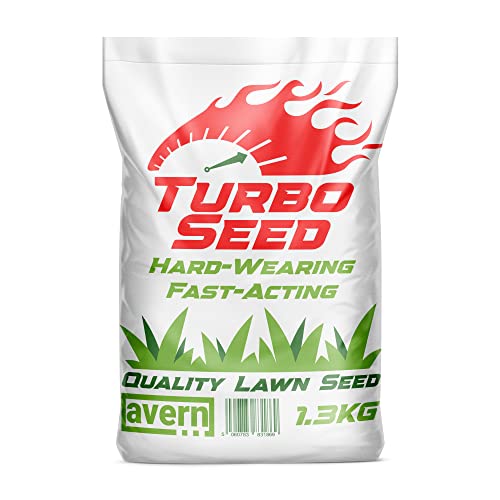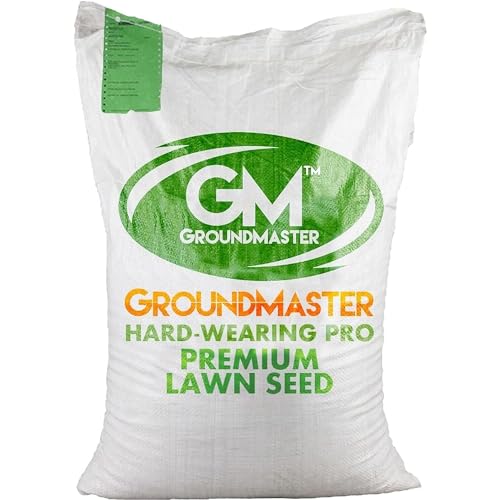What to do if you've sown the wrong grass seed – experts reveal exactly how to fix it and get your dream lawn back on track
Don't panic! Follow this easy guide to putting it right
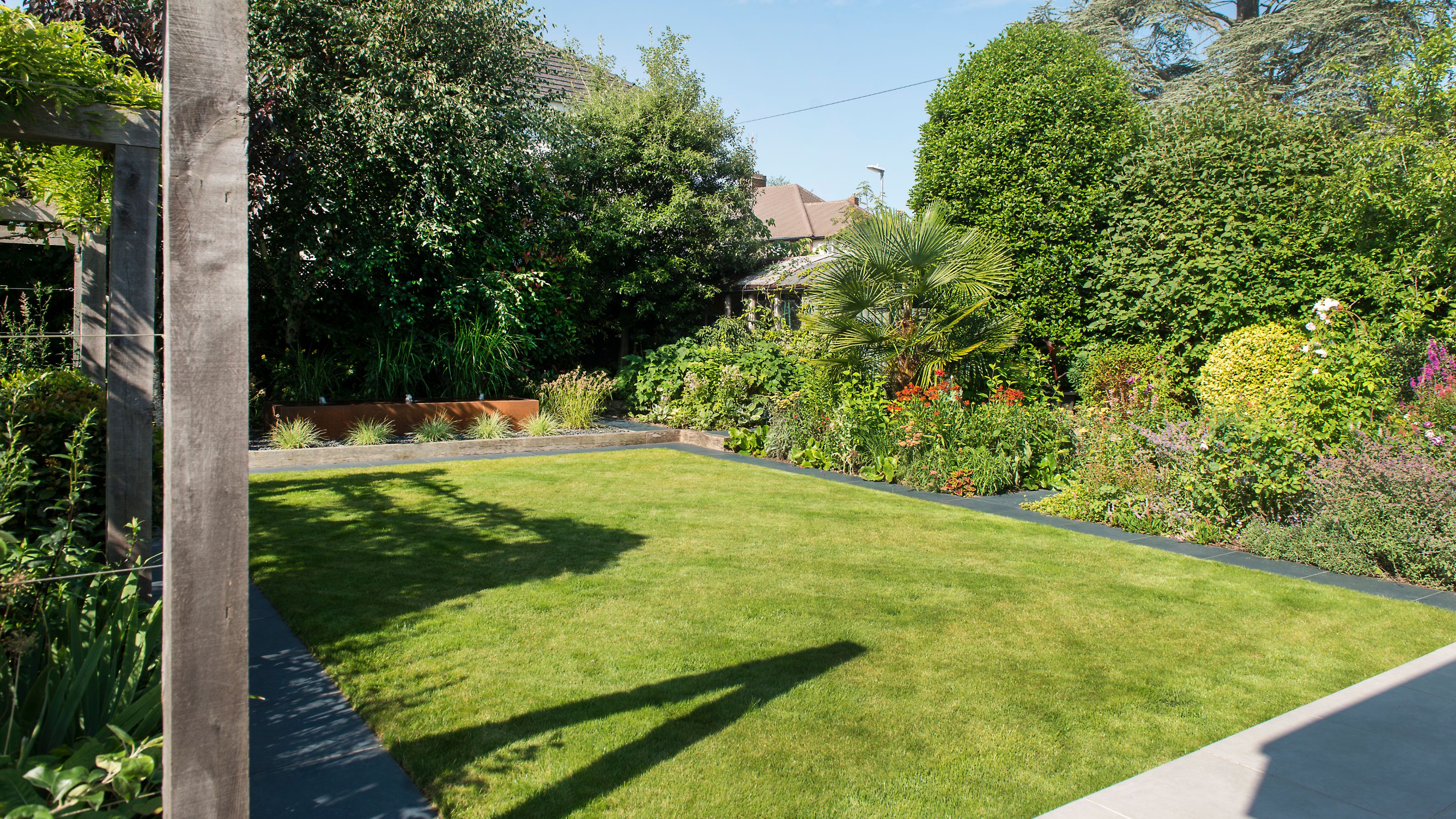

It happens to the best of us. You excitedly sow your new lawn, only to realise a few weeks later that it’s not quite giving Wimbledon. Maybe it’s patchy, slow-growing or struggling in the shade.
Perhaps it’s too soft for the kids to play on or too spiky for barefoot garden lounging. If you’ve sown the wrong grass seed, don’t worry – it’s a common lawn care mistake and, thankfully, one that’s easy to correct.
'Choosing the right seed can feel overwhelming at first,' says Chris McIlroy, lawn expert at The Grass People. 'But the good news is, with a little TLC, nearly all grass seed will grow. You’re not stuck with the wrong lawn forever.'
In this guide, we’ll show you how to spot the signs your lawn may not be quite right – and, more importantly, what to do next. Before we begin, if you’re still at the planning stage, take a moment to read up on the best time to sow grass seed to get your lawn off to the best start, and don’t forget to check out our lawn care tips, too.
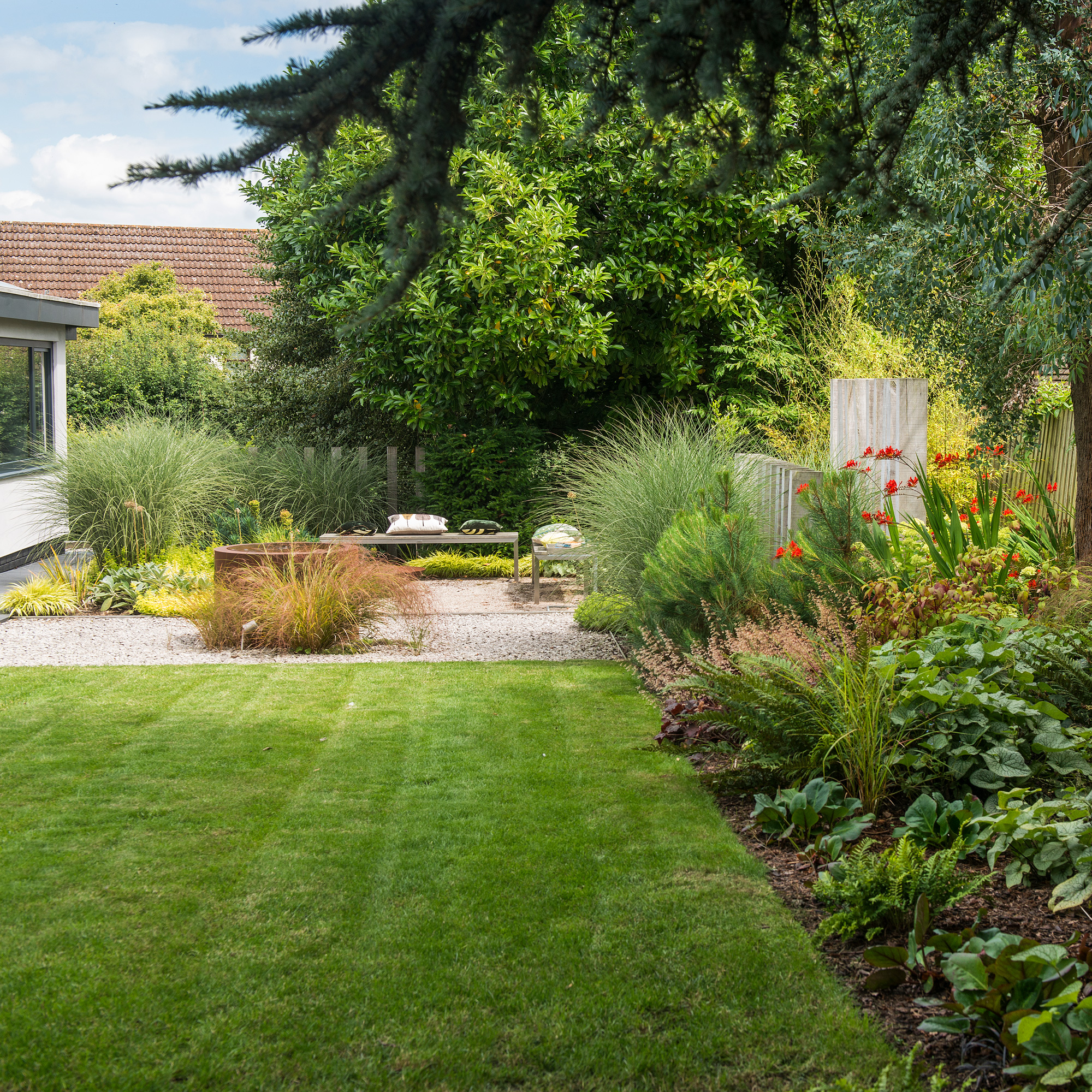
How to tell if you’ve sown the wrong grass seed
The first few weeks after sowing are a good time to observe how your lawn is doing. If the grass is coming up thin and spindly, bare in places or struggling to establish – basically, it’s not looking healthy – either the grass variety or the growing conditions may need to change.
Grass that’s yellowing or stunted could mean your seed isn’t shade-tolerant enough – especially if you're working with a north-facing garden or under tree cover. Or, if your lawn gets a lot of foot traffic and is wearing away quickly, your seed mix may not be robust enough for the job. You may also need to consider creating more light (pruning nearby shrubs) or drainage (aerating the soil) for the seed to establish.
Not all grass seed is created equal – different blends suit different needs. From hard-wearing ryegrass for busy family gardens (like Turbo Seed at Amazon) to finer fescues for ornamental lawns (like Lawn UK's Sprogs and Dogs grass seed at Amazon), choosing the right seed makes all the difference.

Chris is the technical product lead and in-house lawn seed expert for The Grass People, a grass seed company that champion their expert lead advice and high-quality seed. His advice is focused on sowing, mowing, and maintaining a perfect lawn, and how to overcome any lawn issues homeowners face.
What to do if you've grown the wrong grass seed
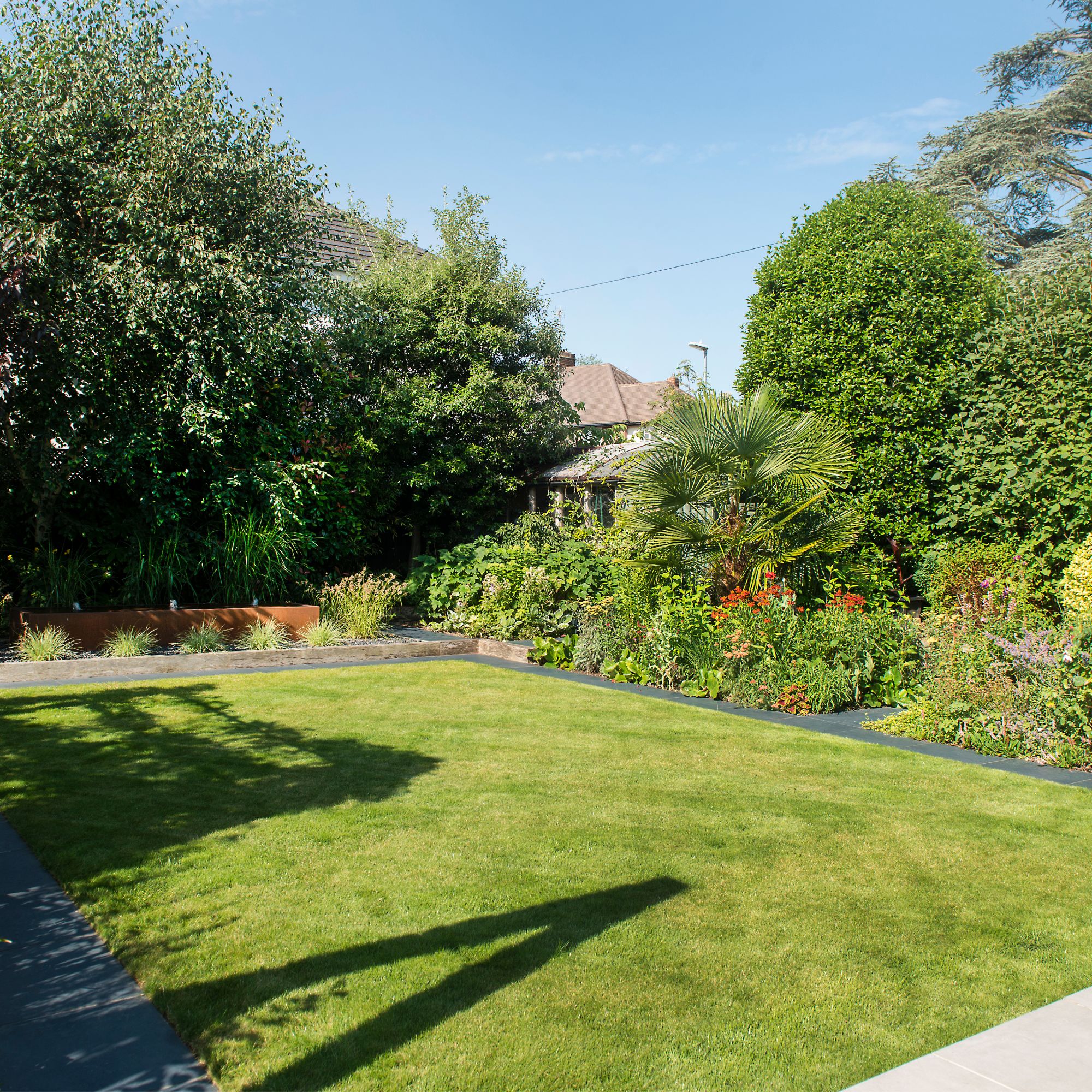
First things first: don’t panic
'The first tip is simple,' says Chris McIlroy. 'Don’t panic. There’s really no such thing as the ‘wrong’ grass seed – just seed that isn’t ideal for your space. Even if your lawn isn’t looking picture-perfect straight away, give it a chance to get going. Grass seedlings need at least six weeks of daily watering and minimal foot traffic to establish properly.'
'Water deeply once a day in the early morning or evening,' continues Chris. 'And try to stay off the lawn during that time.' Think of it like growing a new plant – it needs time and care to settle in.
For extra help, our guide on how long grass seed takes to grow breaks it down week by week.
Option 1: Overseed with a better-suited grass mix
If your grass still isn’t thriving after the initial care period, it’s time to bring in reinforcements. Overseeding – sowing a new seed mix over the existing lawn (check out Amazon's grass seed range) – is the quickest and most effective way to correct the issue.
'If you have realised your mistake quick enough, you can remove the undesired grass seeds by hand,' encourages Amanda Kinkaid, marketing manager at STIGA.
'Reseed the affected area with the appropriate grass variety that aligns with your vision for a lush, healthy landscape. Choose a seed mix that suits your region and soil conditions for optimal growth.'

Amanda Kincaid has been the Marketing Manager at STIGA for over nine years, overseeing the UK strategy for garden machinery brands STIGA, Mountfield and Atco. With a deep knowledge of lawn care and a passion for helping gardeners achieve great results, Amanda brings both technical insight and real-world expertise to the table.
'Overseeding lets you improve your lawn without having to start from scratch,' adds Louis Hooft, lawn expert and founder of MOOWY.
'You can introduce a blend that’s better suited to your garden’s conditions – your soil, climate and usage.'
Here’s how to do it:
- Mow your lawn short
- Rake it well to remove debris and expose the soil
- Choose the right seed mix for your garden (Check out Amazon's range)
- Spread the seed evenly
- Water daily for six weeks
Our guide on how to overseed a lawn and when to do it will walk you through the process step by step.

Louis Hooft is the founder behind MOOWY. Alongside his brother, Robert, MOOWY helps garden enthusiasts achieve a lush, green, and strong lawn with high-quality grass seeds, fertilisers and complete lawn care kits.
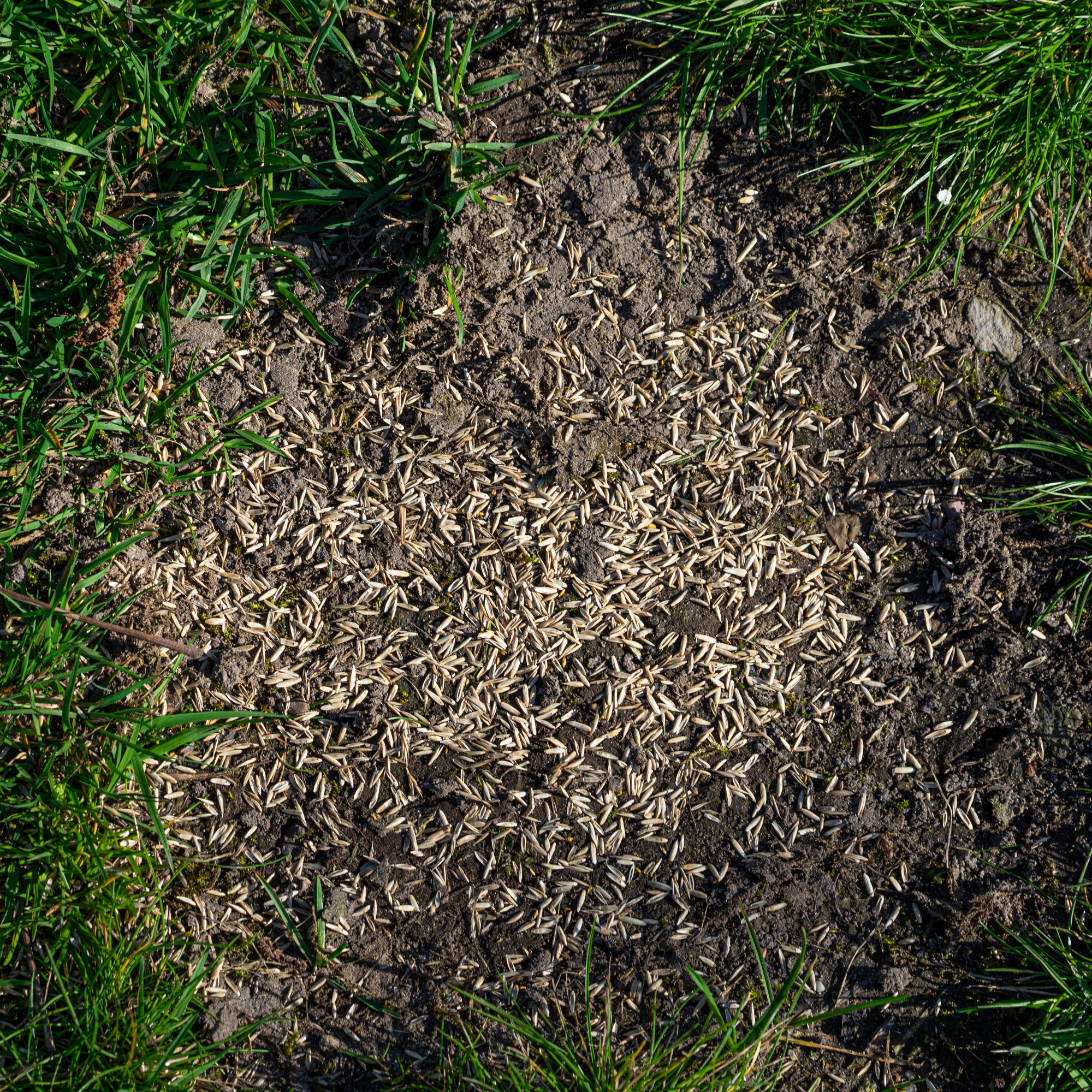
Option 2: Try patch fixing
'For patches of unwanted, unhealthy-looking grass, consider mowing it down to a very short height or even digging it up completely. This method minimises competition for the new grass and provides an ideal canvas for reseeding,' says Amanda.
Patch fixing is a great option if only parts of your lawn are struggling – particularly useful if you’ve sown a seed mix that’s thriving in some areas but falling short in others. Start by assessing your lawn in the morning light and marking out the areas that need attention. Mow these sections short or gently remove the grass using a hand fork or spade (a Roamwild multidigger from Amazon will help with that), being careful not to disturb the surrounding healthy lawn.
Once the area is clear, rake over the soil to break up any clumps and create a fine tilth – this helps the new seed settle and germinate evenly. Choose a grass seed that better suits the conditions in that spot (for example, a shade-tolerant mix like Miracle Gro's EverGreen shady lawn seed at Amazon for areas under trees).
Don’t forget to protect freshly sown patches from birds with netting or a light covering of straw, and avoid walking on them while they establish. For extra tips, see our guide on how to stop birds from eating grass seed.
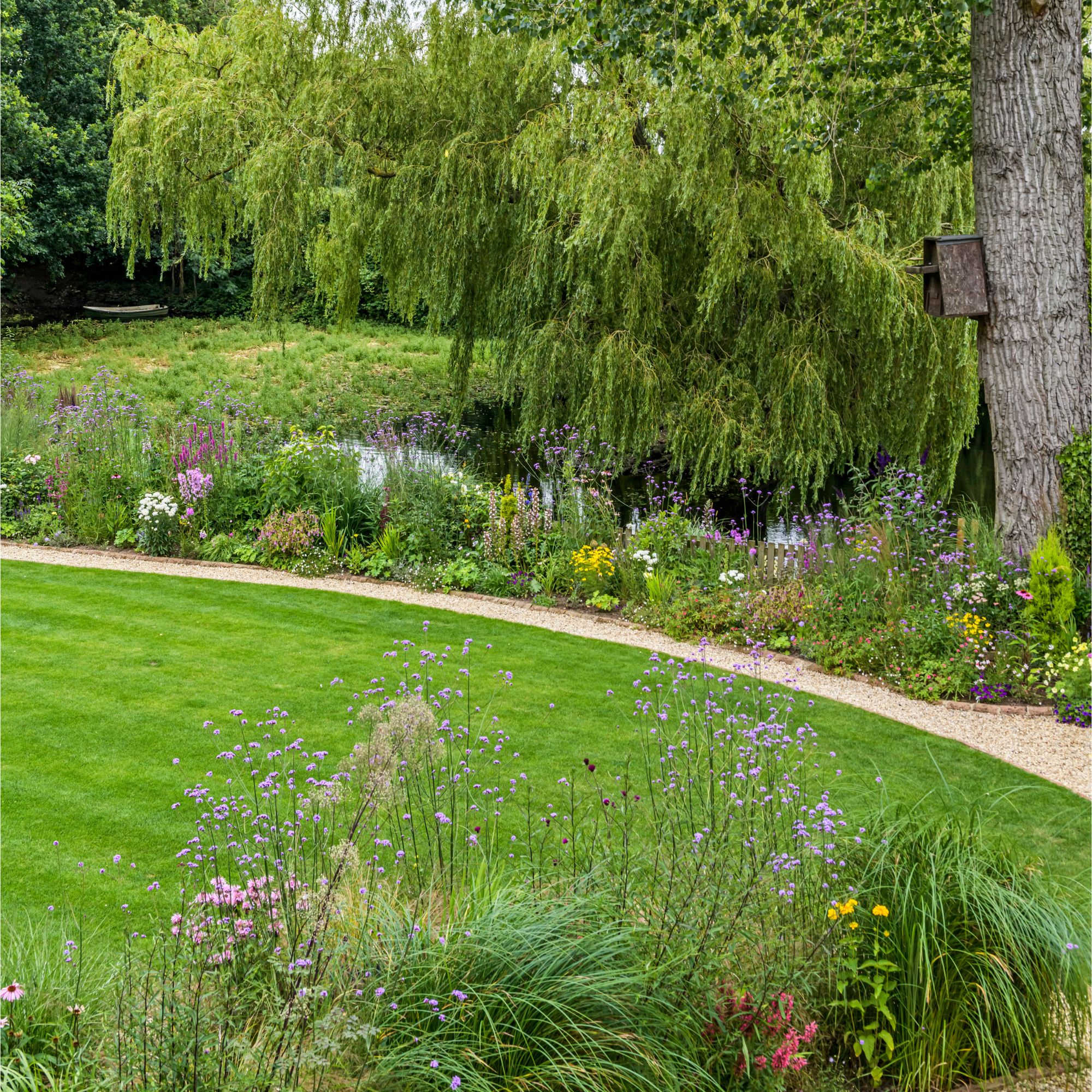
Option 3: Treat it like a whole new lawn
In some cases, you may prefer to start over. 'When the wrong grass species has taken over entirely, a more comprehensive strategy is required,' admits Amanda.
'You may need to remove the entire lawn, till the soil and prepare the ground for a fresh start. This clean slate allows you to implement a proper seed mix tailored to your preferences and environment.'
Start by removing the existing grass using a spade or turf cutter. Rake over the soil, level it out, and apply a pre-seeding fertiliser (try Pro-Kleen's pre lawn and seed starter fertiliser from Amazon) to give your new grass a flying start. Then, sow your ideal seed mix and water well.
Not sure which seed to choose? Skip to the bottom for our expert tips on picking the best one.
Option 4: Tweak your lawn care routine
Sometimes it’s not the seed that’s the problem – it’s the conditions. Poor soil, lack of nutrients, or too much shade can all make a lawn look underwhelming.
To address nutrients, feed your lawn every 6-8 weeks with a quality fertiliser (Envii's Greenkeeper's Secret from Amazon gets our vote) to keep it healthy and green. For poor soil, follow our aerating and top-dressing advice in our lawn care tips guide.
Shady areas, however, may struggle to create picture-perfect grass. Choose a variety that is well suited to shade, and if you can, consider pruning trees and shrubs to allow for better light levels. And if moss is taking hold, it could be a sign of damp, compacted soil. Learn how to get rid of moss in a lawn and when to treat moss to keep things looking neat.
The best types of grass seed for a lawn
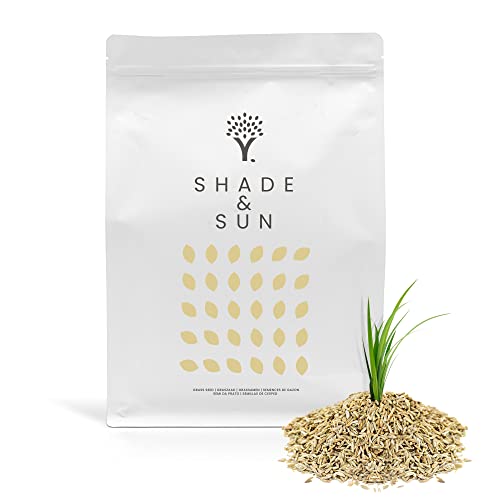
The best grass seed depends on your garden’s needs. For shady spots, try a seed mix with fescues like MOOWY's Shade & Sun mix.
If you’ve sown the wrong grass seed, don’t despair – your lawn can still bounce back. Whether you overseed, replant or simply tweak your care routine, you’re just a few steps away from a lawn Wimbledon would be proud of.
Get the Ideal Home Newsletter
Sign up to our newsletter for style and decor inspiration, house makeovers, project advice and more.
Natalie Osborn began her career in interiors journalism 15 years ago and went on to manage a portfolio of magazines, including the UK's leading kitchen garden magazine, Grow Your Own. Her two allotments (because one is never enough) are home to fruit, vegetables and heaps of cut flowers, ranging from delicious loganberries and burgundy red sunflowers to sweet yellow ball-shaped courgettes (better for dodging gluts) and a veritable farm of dahlias of every shape and size.
You must confirm your public display name before commenting
Please logout and then login again, you will then be prompted to enter your display name.
-
 This Grand Designs barn conversion kitchen saved this couple half their budget - you wouldn't guess where it's from
This Grand Designs barn conversion kitchen saved this couple half their budget - you wouldn't guess where it's fromSticking to a tight budget doesn't mean you need to compromise on style
By Holly Cockburn
-
 I asked a MasterChef winner how to pick the right frying pan for a kitchen - this was his advice
I asked a MasterChef winner how to pick the right frying pan for a kitchen - this was his adviceChefs and cookware experts share the three things you need to consider
By Molly Cleary
-
 I’ve found the perfect alternative to John Lewis’ sold-out striped garden chair – and you won’t believe where it's from
I’ve found the perfect alternative to John Lewis’ sold-out striped garden chair – and you won’t believe where it's fromJohn Lewis' Sling Garden Chair is one of the most stylish pieces of garden furniture I'd seen – until I tracked down this QVC lounge chair...
By Kezia Reynolds
